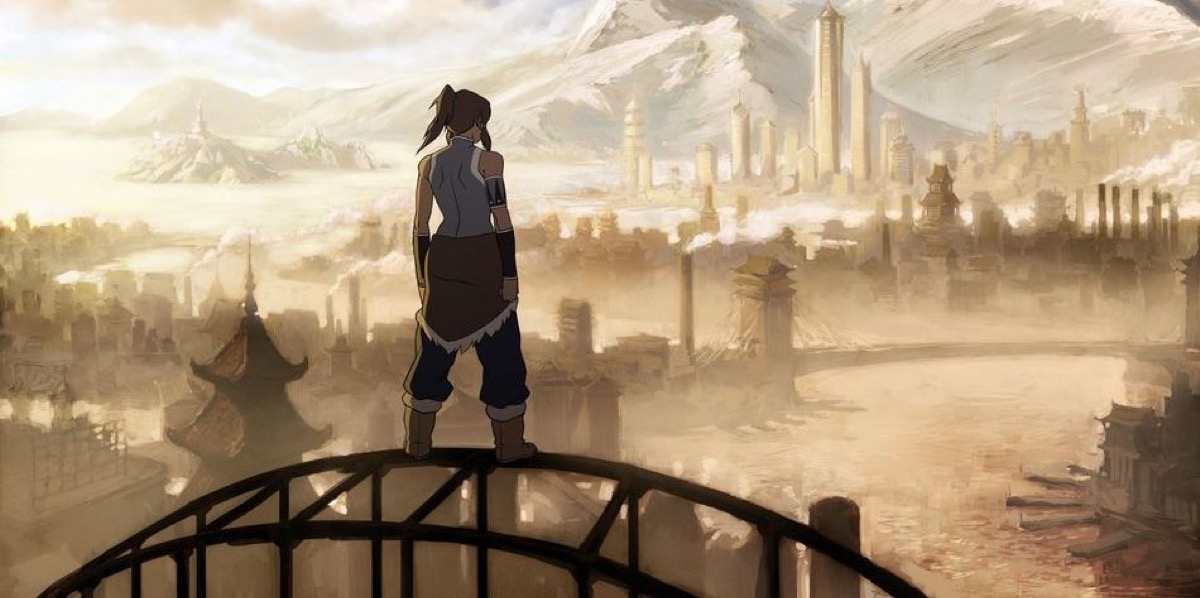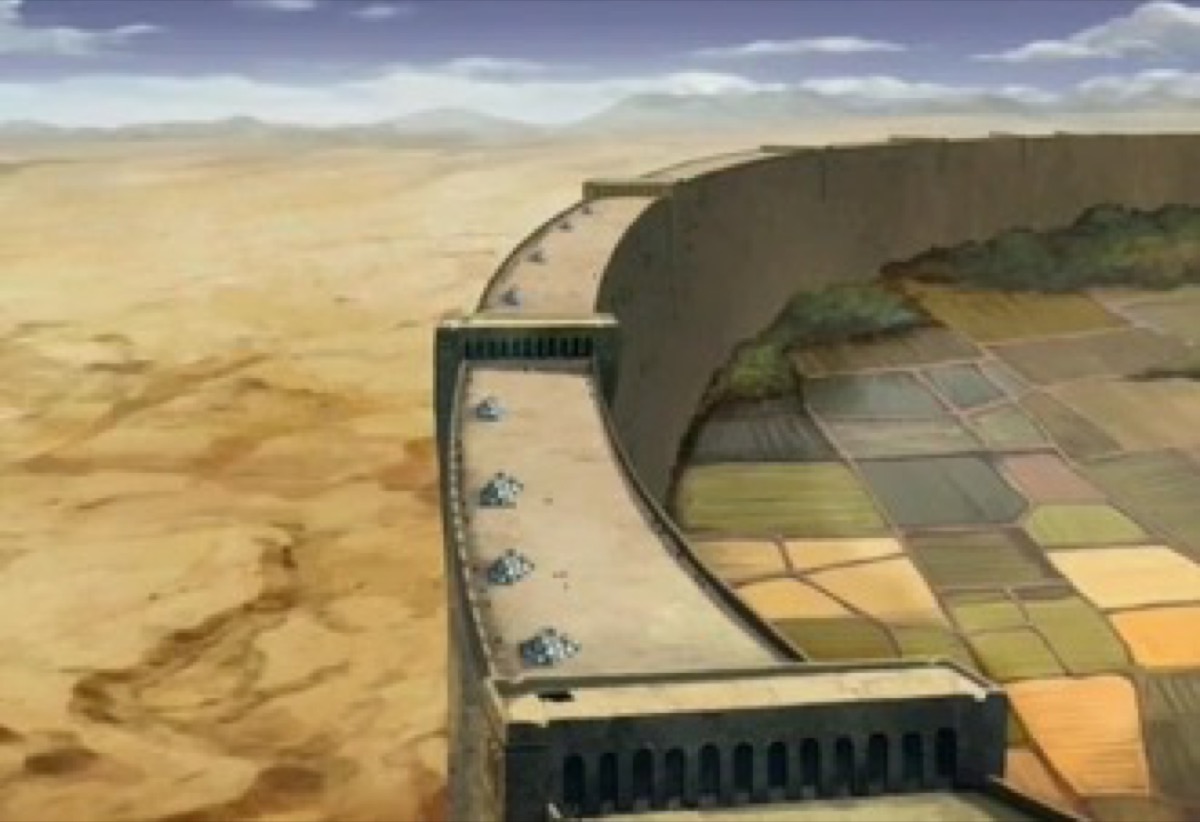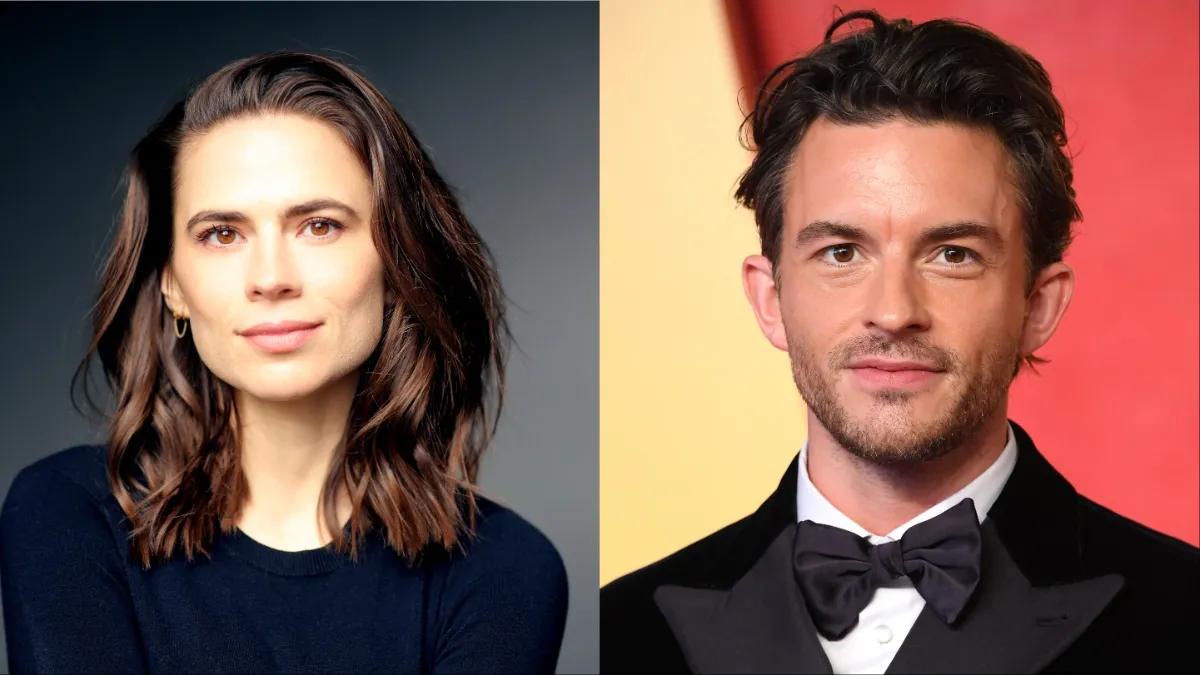This summer saw the release of The Legend of Korra on Netflix, which meant, of course, that a wave of new opinions and think pieces about the show would appear. Jeannette Ng’s piece about the cultural decentralization and whiteness of the Avatar sequel was one of these, and it did bring up a point about the cultural homogeneity of Republic City and the lack of identity it represents.
While I disagree that Republic City is inherently white, it does remind me a lot of Western civilization’s influence on the communities it has colonized over the past couple of centuries. If you look at any of the major urban centers in the British Commonwealth, for example, you can find the same phenomenon of high-rise buildings and almost uniformly familiar skylines throughout. From Trinidad and Tobago. to Barbados. to Mumbai and the urbanization of Sub-Saharan Africa, the architecture is, no doubt, going to be more than familiar.
Ironically, this homogenization of Western colonies is exactly why Republic City is so familiar to viewers. The world of The Legend of Korra no longer seems recognizable as its root cultures, because it isn’t.
What you need to understand when looking at Republic City is that it’s a confluence of many things: tradition vs. modernization, cultural assimilation vs. industrialization, and the effects of colonialism on a post-colonial society that is not rooted in any one particular culture. It’s common in former colonies, particularly those where cultures are actively suppressed.
We know that this happens in the Avatar universe, of course. It’s established from the very first season of The Last Airbender that the Fire Nation uses various methods to suppress the culture and practices of those they’ve conquered. In the case of the water tribe, we see this with Katara being the last waterbender in the south thanks to the actions of the Southern Raiders, and by the time Aang returns, the airbender culture has all but disappeared from the world. However, it also becomes apparent in other ways, like the Fire Nation’s suppression of Earth Kingdom bending tradition in the colonies, and the forced relocation of citizens.
Bending is important here, as much of it is based on the practices and traditions of each nation. Water, for example, can be used for healing, as it was in Katara’s tribe, but also for fighting, as in the north. By eliminating the waterbenders in the south, the Southern Raiders would have caused the tribe to lose much of the traditional healing practices that would have been passed from bender to bender and, potentially, fighters who could have helped the non-bending resistance.
As for the Earth Kingdom colonies, forced suppression of earthbending and relocation of citizens meant that firebending became the dominant form, even as a sort of cultural homogenization would begin. This would see the initial formation of a firebending hegemony over the Earth Kingdom, though I’d argue that this wouldn’t happen so long as Ba Sing Se, the heart of the Earth Kingdom, remained intact and out of Fire Nation control.
This was why stopping Ozai and Azula was so important. So long as Ba Sing Se remained free, the Earth Kingdom’s culture would neither become assimilated nor destroyed by Fire Nation customs.
So, what does this have to do with The Legend of Korra?
A lot.
For better or for worse, The Legend of Korra is centered in Republic City. While it does expand into other places as the series goes on, it always comes back to this one central location.
As it is, this is both good and bad, as far as cultural influences go. In Ng’s essay, she notes that the city itself is very westernized. There’s very little of the cultures of any of the four nations within its borders, and what little exists is purely aesthetic. You get these with things like the little flourishes on buildings and vehicles, or the way everyday clothing is structured. Given that the city itself is based on both Hong Kong and several western cities, it’s easy to see where the inherent whiteness of it all comes from.
The question, though, is how and why?
As I’ve just pointed out, Fire Nation oppression was focused on bending traditions and citizen relocation, with cultural stripping limited due to Ba Sing Se’s influence and the relatively small size of the Southern Water Tribe, so it’s not that the Fire Nation itself would have influenced the city’s aesthetic. In fact, it’s quite the opposite, given that the Caldera’s own design is more Eastern in origin.
It goes back to the colonies. With the Fire Nation’s colonization of the Earth Kingdom lasting as long as it did, the intermingling of the Fire Nation expats and Earth Kingdom locals led to much prosperity after the initial period of colonial turmoil. This meant that when it came time for the Fire Nation to make amends, they didn’t want to go back. As such, it would become necessary for Aang and Zuko to establish Republic City.
The thing about Republic City is that it didn’t remain Fire Nation/Earth Kingdom for very long. Eventually, Water Tribe members would immigrate to the city, and Aang would establish the new Air Nation home on its borders. This, and the swift rise of industrial modernization, would finish the work of cultural stripping and homogenization that began with the Fire Nation’s colonial efforts.
This is, of course, reflected in our protagonist. As the new Avatar, Korra has been secluded by the White Lotus to train her and prepare her way as a new diplomatic force in the world. While she wasn’t exactly separated from her own culture, with the White Lotus facility being located in the Southern Water Tribe’s domain, it’s clear that she doesn’t have a full grasp of the cultures of the wider world, as we see in the series’ first episode.
As such, there is a pronounced effect on her ability to airbend and enter the Avatar state—i.e. she can’t. Part of this is because her bending is focused on materialistic results. Closely resembling the fighting style of the Fire Nation, it isn’t quite as adapted to the core concepts of the other bending nations, as other Avatars’ have been.
The connection between bending and culture is seen here again, though in a different fashion. By disrupting the traditions of previous Avatar journeys, the White Lotus essentially homogenizes Korra’s style into one grounded in the material world, much as the city itself is grounded in industrialization. It’s only as Korra ventures out and experiences other cultures (the Air Nation, the non-bending population) that this changes.
Yet, the problem isn’t only that Korra is separated from the culture of the other nations. It’s that she’s held apart from those who are not in power.
While it’s a greater issue in The Legend of Korra, this was also an issue in The Last Airbender, to a lesser extent. While Aang did interact with normal villagers and citizens of every nation, his notable acquaintances all held power of some kind. From Sokka and Katara as the Southern Water Tribe Chief’s children to Toph, the child of a wealthy merchant, and Zuko, a literal prince, Aang’s closest companions have not just been in proximity to power but have gone on to wield it themselves. The Legend of Korra deviates from this only in that Korra doesn’t interact much with people outside of that until her own journey that would lead her to Toph in season four.
Ironically, it’s this social and cultural detachment that gives rise to her villains. The disconnect between benders and non-benders as a social class led to Amon’s rise; Korra’s lack of spiritual knowledge and newly formed connection lets Unalaq manipulate her, eventually leading to Zaheer’s rise; and leftover resentment of Fire Nation colonialism would lead to Kuvira’s pursuit of power in the name of unification.
This last would continue into the comics, where the Ruins of the Empire trilogy explores the legacy of the Earth Empire army as its traditional views challenged the move towards a new democracy.
Yet, when Korra leaves Republic City, she’s able to master her bending and spiritual energy in much the same way that we see a return to familiar facades. The Water Tribe, for example, is where she gains access to her Avatar State and where she would eventually recreate the Avatar cycle as she finds a connection to the Water Tribe culture. In much the same way, Korra masters metalbending and removes Zaheer’s poison from her body as she moves through the more traditional Earth Kingdom.
The Legend of Korra is in a unique position, then, to explore how colonizing the wider world and the quick pace of industrial modernization led to a more homogenous, western setting. Whether that’s good or bad is subjective, but it is clear that it was trying at something that it managed to achieve in some small way.
(images: Nickelodeon)









